Olivier Messiaen's Quartet for the End of Time premiered on 15 January 1941 in the prisoner-of-war camp where the composer was interned during World War Two. To celebrate the 75th anniversary Sinfini Music commissioned me to create an animation around it. I choose the first movement of the work, the Crystal Liturgy. Working with Prof. Marcus du Sautoy I used the piece to explore Messiaen's complex relationship to mathematics, music and religion.
Below I've included the article Marcus wrote for the piece plus some of the development work.
The Mathematics of Messiaen
Fibonacci Spiral
Fibonacci Spiral
The Fibonacci numbers are perhaps the most important numbers in nature. Named after the 13th-century Italian mathematician Fibonacci, the next number in the sequence is obtained by adding together the two previous numbers (1, 2, 3, 5, 8, 13, etc.). Fibonacci discovered that these numbers often appear in nature, which is why you can find them hiding all overMessiaen’s floating island in Sinfini Music’s animation.
For example, the seed head we see at 1'01 (pictured right) grows in time to the music, using the Fibonacci numbers. As the seed head turns, you’ll see natural spirals emerging: this growth process explains why many flowers have a Fibonacci number of petals. See if you can spot the Fibonacci numbers in any other places. Towards the end of the animation, you may discover how they are also important to music.
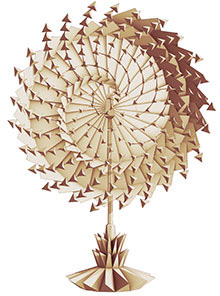
Golden Ratio
Hiding inside the pentagram sculpture to the left of Fibonacci’s flower (1'07) is an important mathematical concept called the Golden Ratio, which is strongly related to the Fibonacci numbers. Two lines of length A and smaller length B are in the Golden Ratio, if the ratio of A to B is the same as the ratio of A+B to A. In other words, A / B = (A + B) / A.
Many of the lines in this animated sculpture are in the golden ratio. A rectangle with these proportions is considered by many to be the most aesthetically appealing of its kind – and in music, composers likeDebussy, Bartok and even Mozart have used this ratio to mark a significant moment in a composition.

Primes
At the heart of the animation’s floating island is the mathematical machine that drove Messiaen’s composition of Crystal Liturgy; its two interlocking dials controlling how the piano part of this movement evolves (1'25). The lower dial has 17 teeth and controls a 17-note rhythm sequence that the piano plays over and over again. The harmonic content, however, is controlled by the upper dial, which has 29 teeth. Each tooth corresponds to a chord played by the piano. These 29 chords are repeated each time the cog comes full circle.
Because Messiaen chose cogs with a prime number of teeth – 17 and 29 – we find that the cogs have to go through 17 x 29 = 493 clicks before both realign to their starting position and the music repeats itself (although the piece has finished before this happens). This trick of using primes to keep things out of sync is actually used in nature by a species of cicada that lives in North America. By only appearing ever 17 years, the cicadas avoid getting in sync with a predator that also appears periodically in the forest. The cicadas are like Messiaen’s rhythm, the predator like the chords. You can see the cicadas and their predator appearing periodically from the cog system as it clicks round.
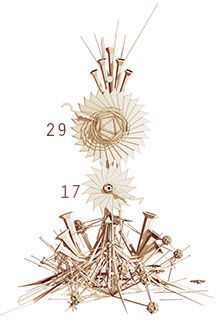
M12
The watch-towers that guard the floating island (2'00) also hide another mathematically sophisticated idea of cyclical repetition that Messiaen used in a composition called Ile de Feu II. This piece for solo piano is based on Schoenberg’s 12-tone technique, where a theme is chosen by picking a particular order in which to play the 12 notes of the chromatic scale. Think of the 12 notes written on cards: a 12-tone row is like shuffling the pack into a new order. In Ile de Feu II, Messiaen chose an ordering of the 12 notes that corresponded to something called the Mongean shuffle.
Take the top and bottom cards from your 12-card pack and place them on the table. Keep doing this until all 12 cards are stacked on top of each. The variations on this theme are then affected by repeating the same shuffle again and again on the newly arranged pack of notes. As we ascend the animation’s watch towers, the lattice interweaves according to each new rearrangement of the 12 notes at every step.
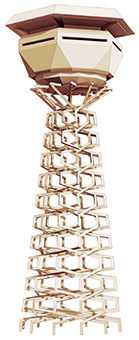
Fibonacci revisited
Messiaen was fascinated by Indian rhythms called the Deci-talas, which consist of rhythms made up of notes of varying length. It was actually Indian musicians’ analyses of the different rhythms you can make out of long and short beats that gave rise to the discovery of the Fibonacci numbers, several centuries before Fibonacci realized they were important numbers in nature.
Think about the number of rhythms you can make out of a length of four beats. You could have four short beats, or two long beats, or you could mix them up – short-short-long or short-long-short or long-short-short. That’s a total of five different rhythms – a Fibonacci number. The Indian musicians discovered that as you increase the length of the rhythm, the Fibonacci numbers will tell you how many new rhythms you can expect to get.
The wall that encloses Messiaen’s floating island depicts all the rhythms you can make from length eight – a total of 34 different rhythms.
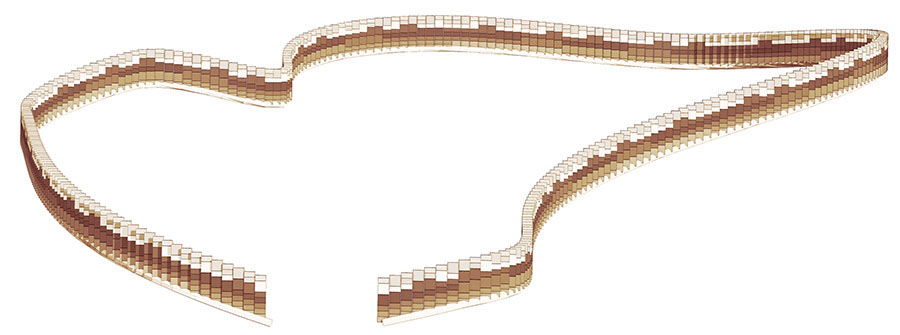
Marcus du Sautoy is the Simonyi Professor for the Public Understanding of Science and Professor of Mathematics at the University of Oxford. He is author of numerous books including The Music of the Primes (Harper Perennial).
__________________________________________________________________________________________________________________
Stills
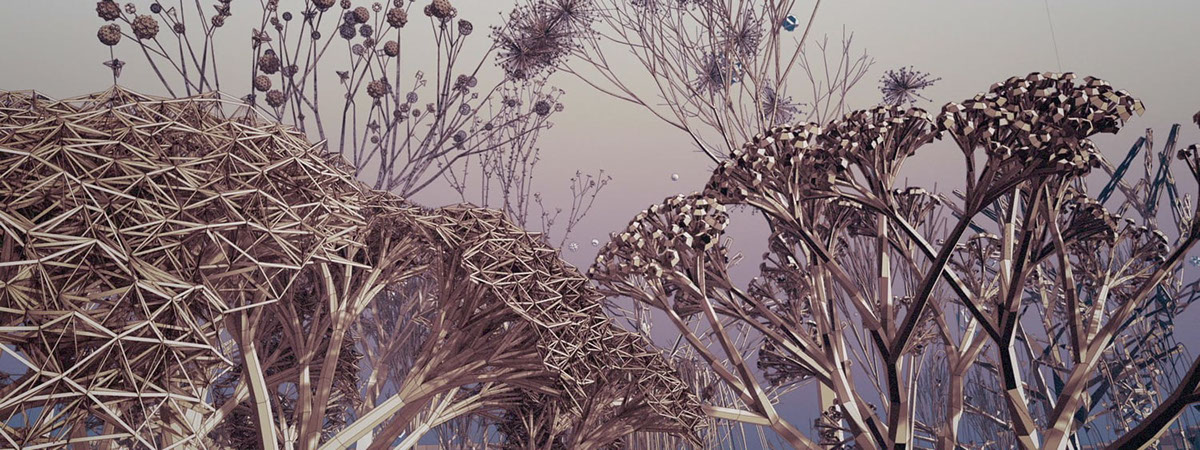


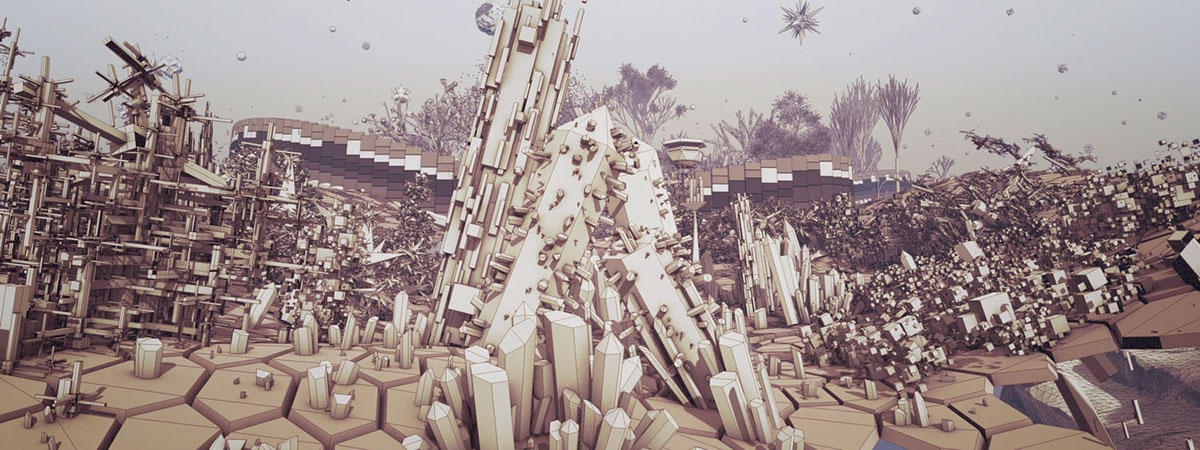
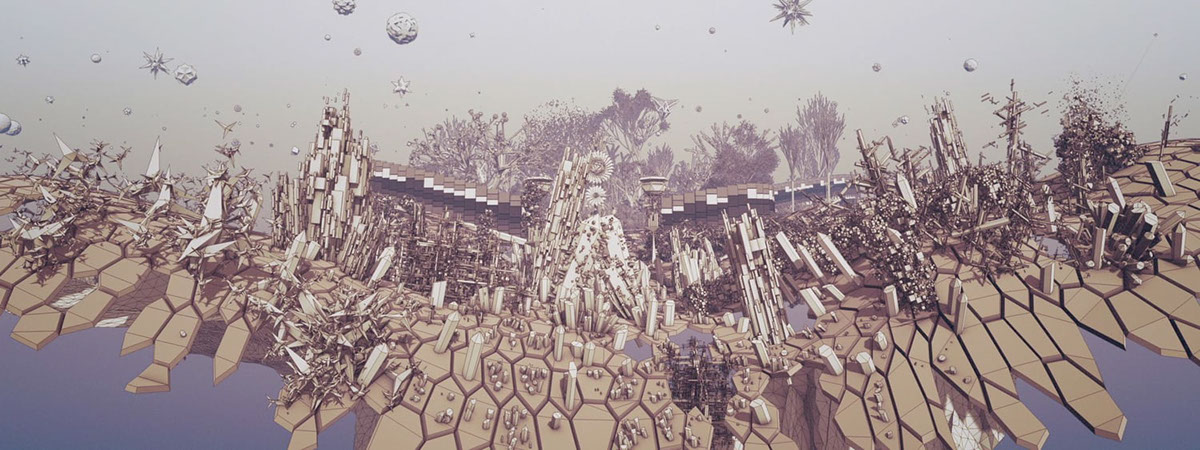
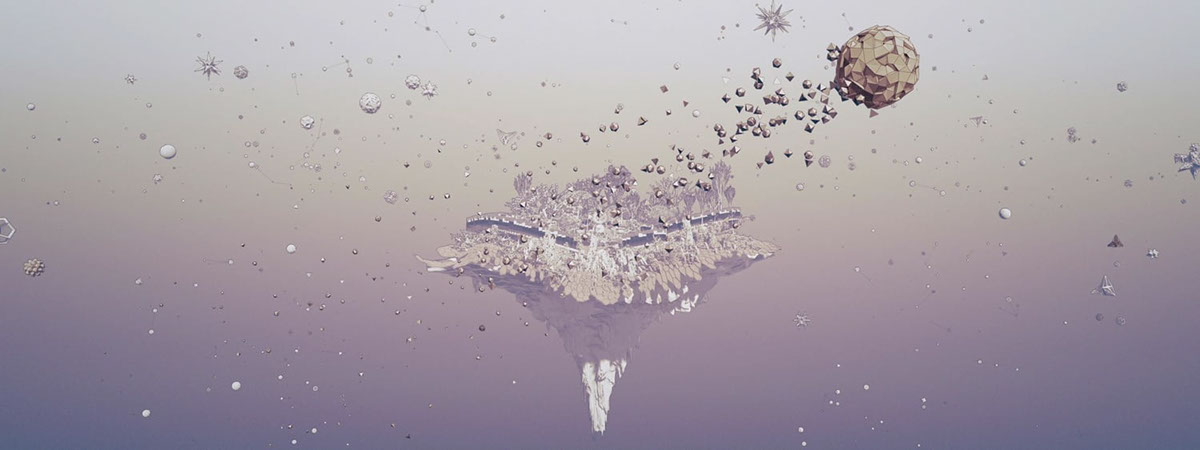

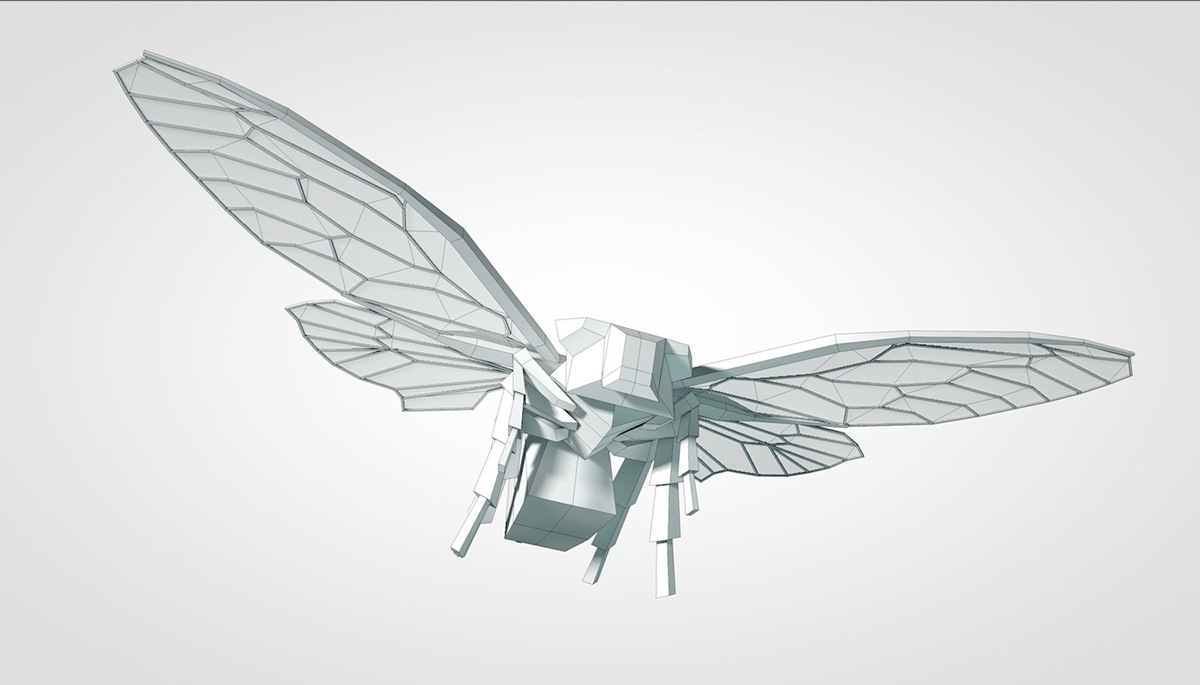



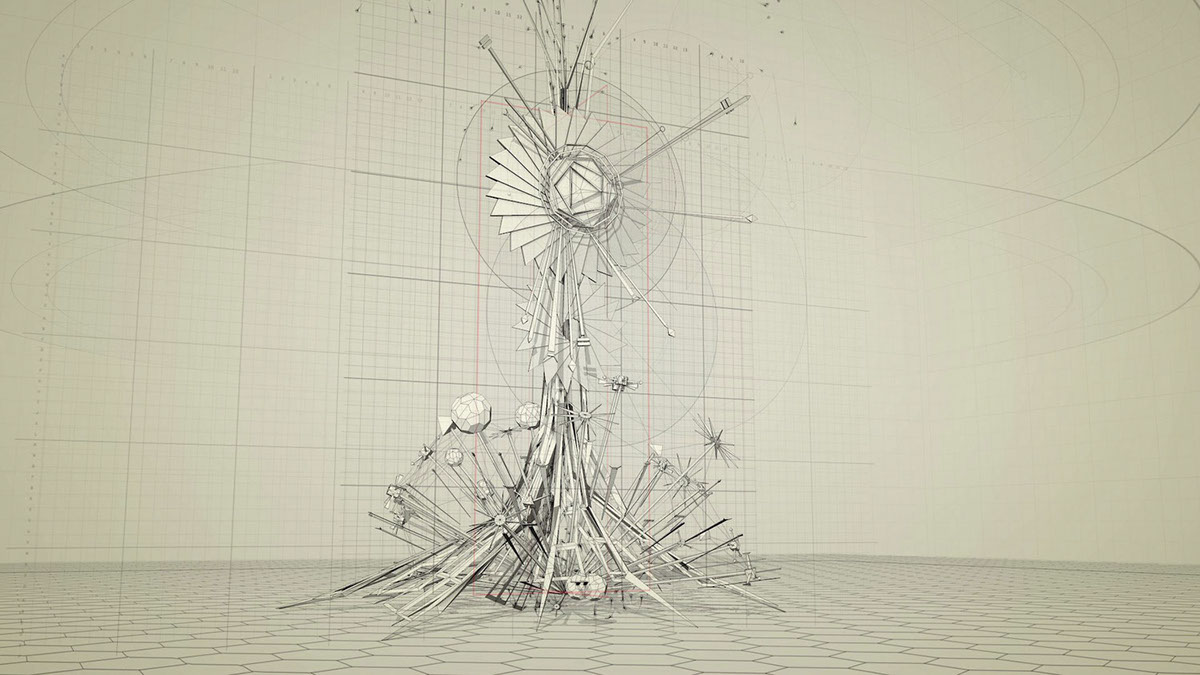
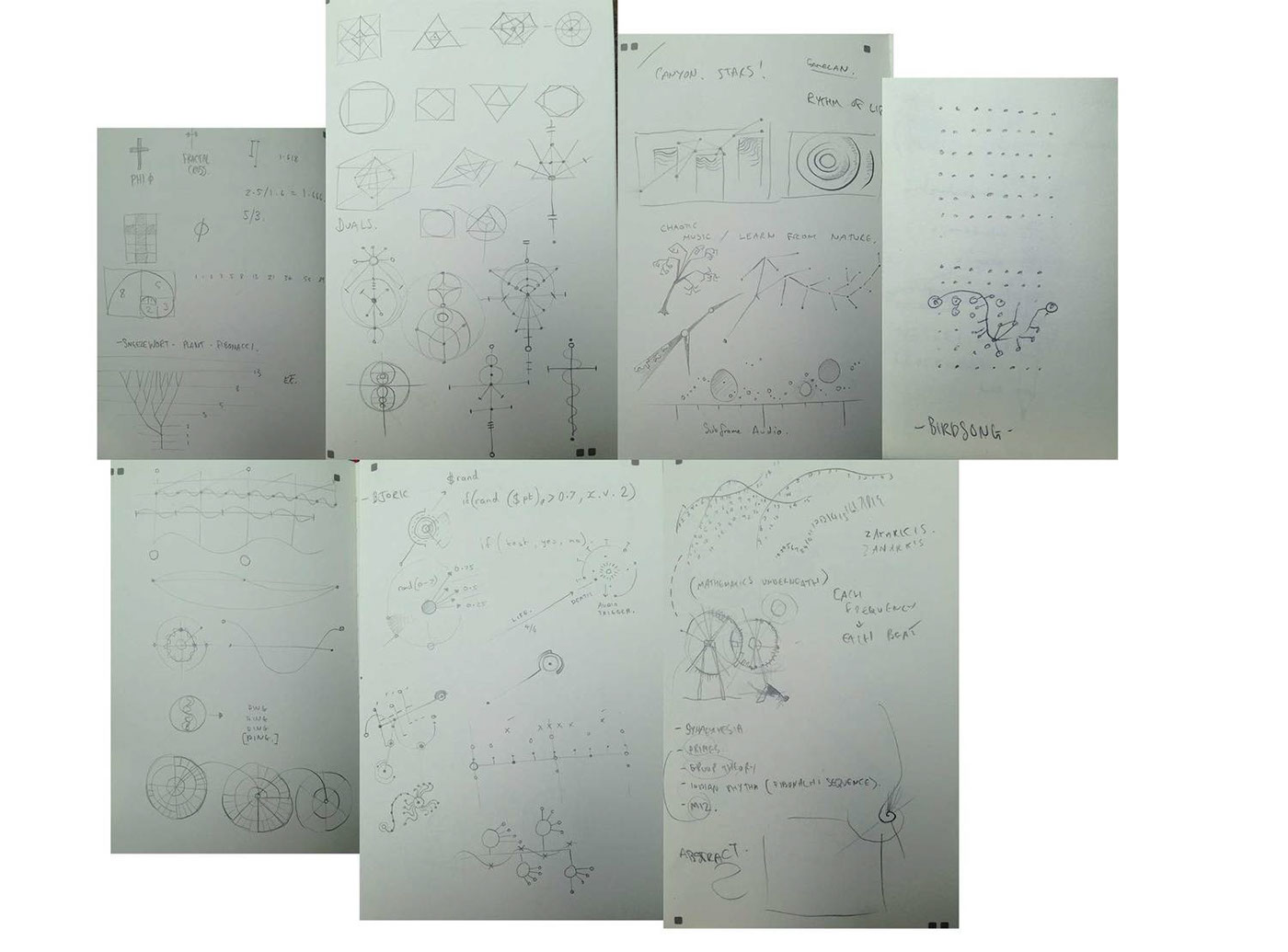
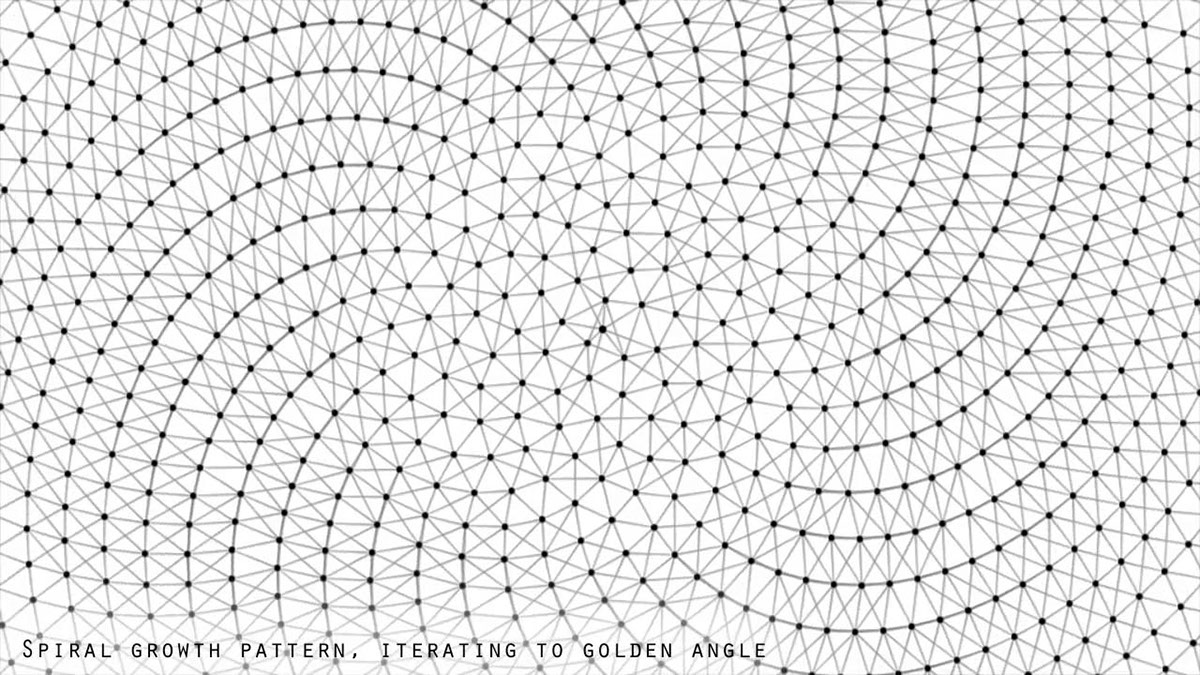
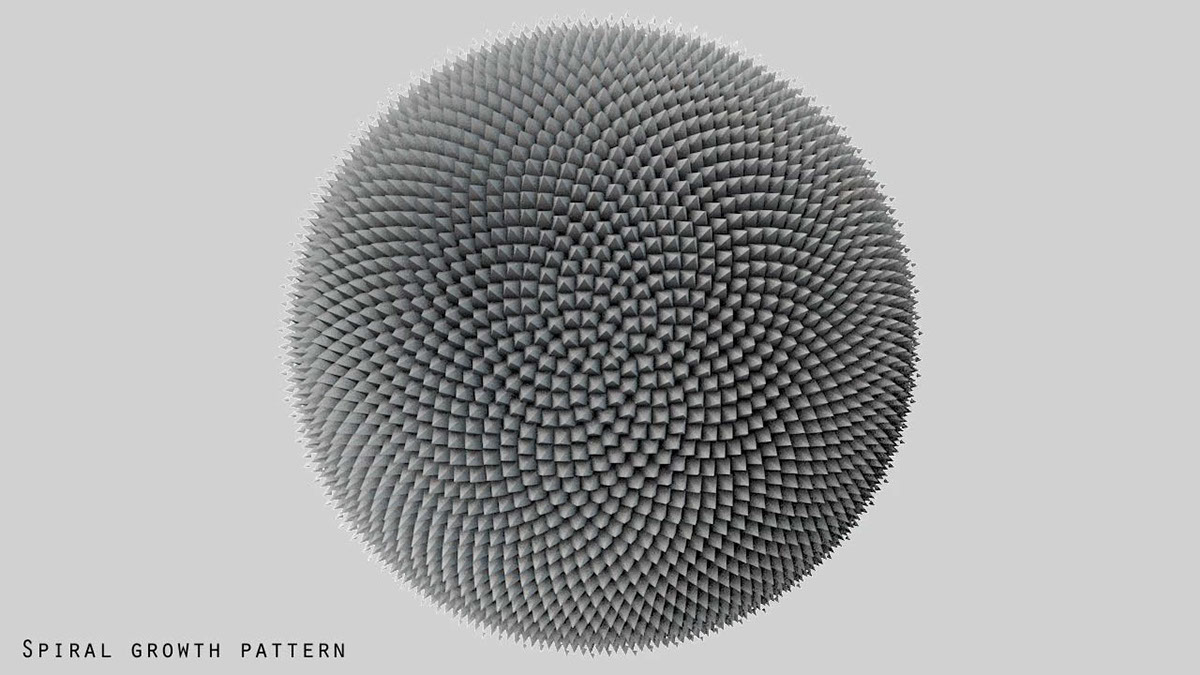
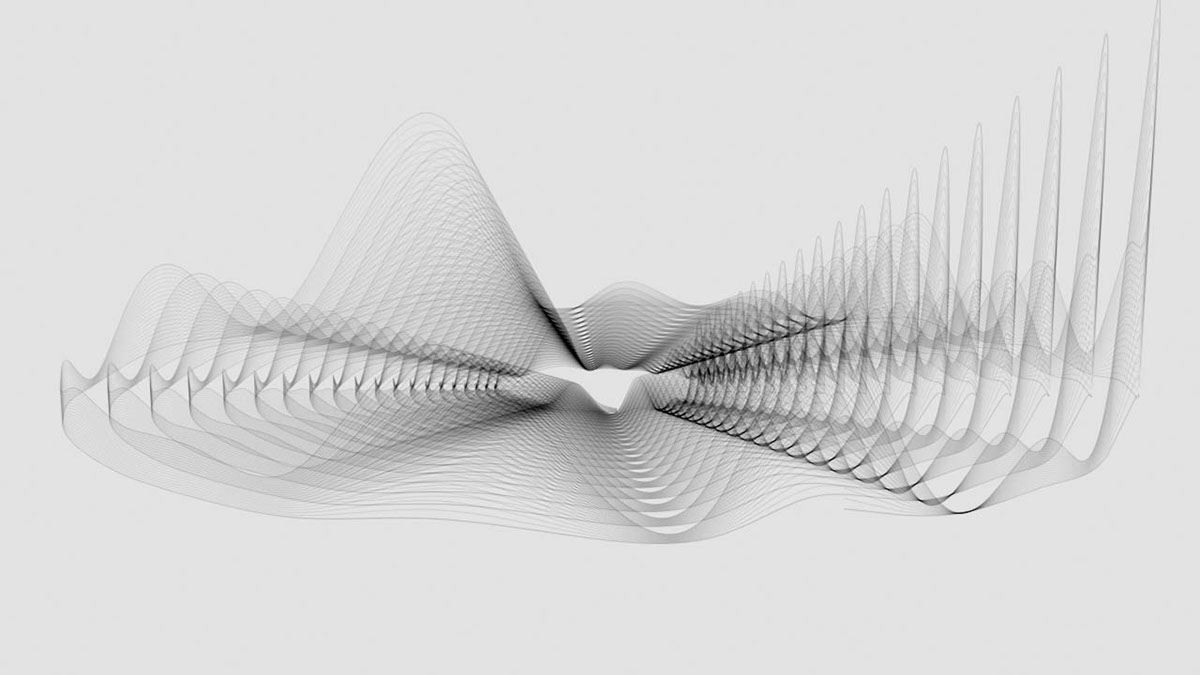

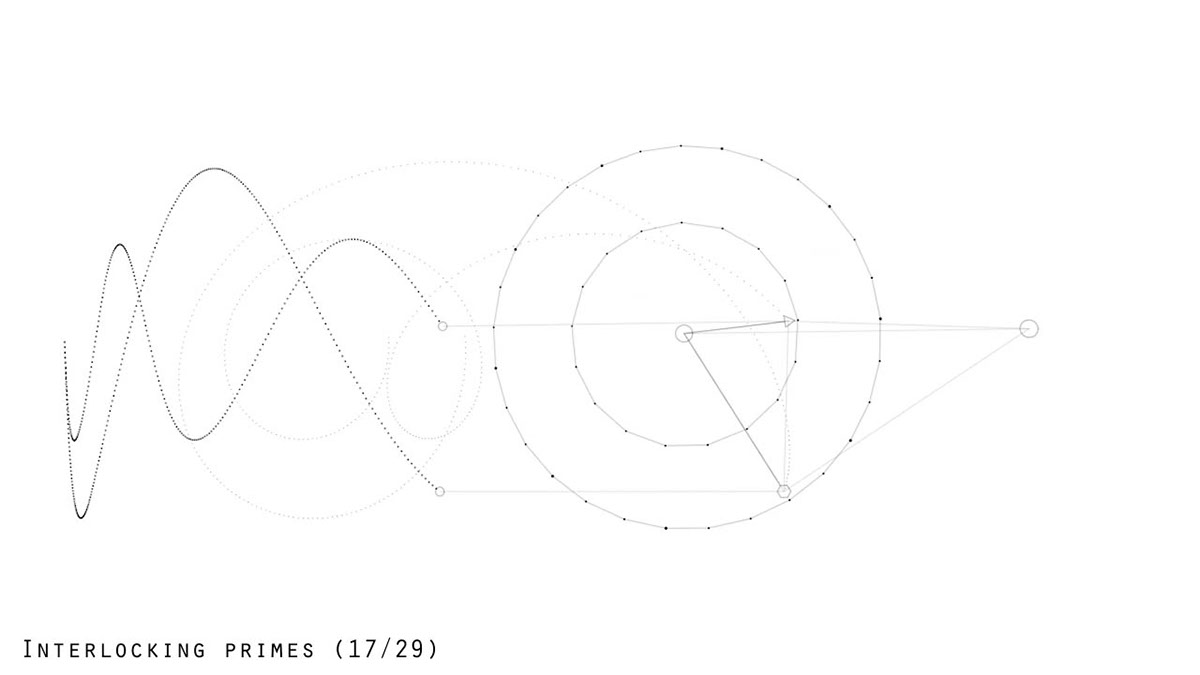
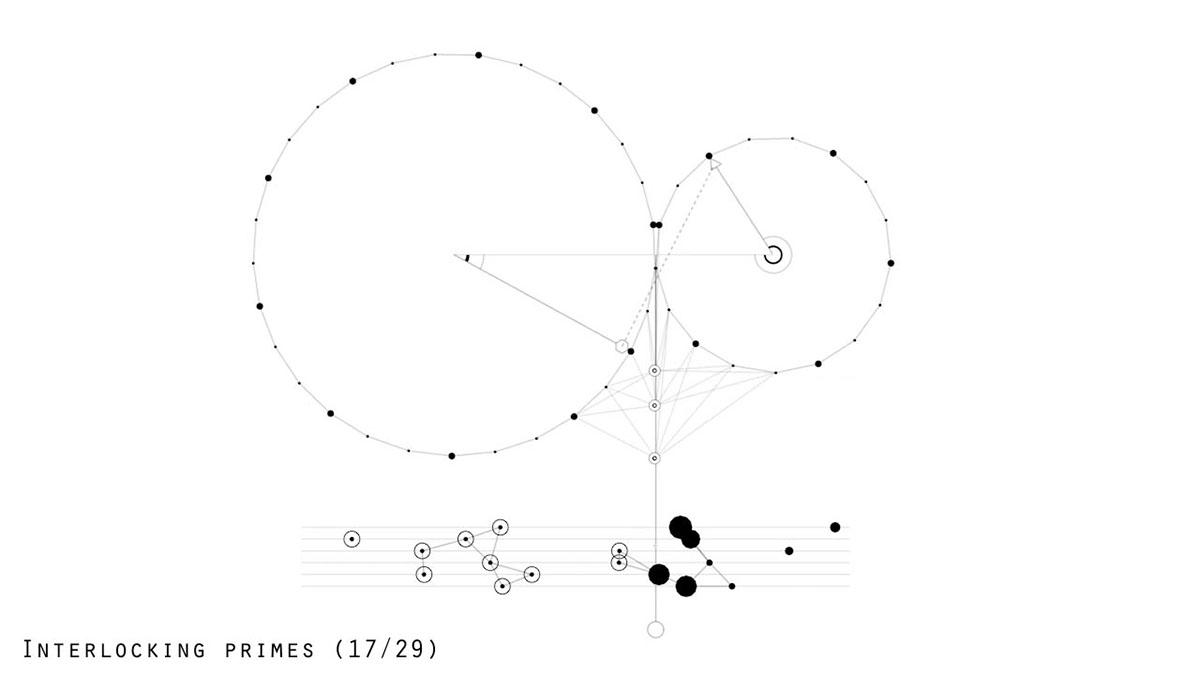
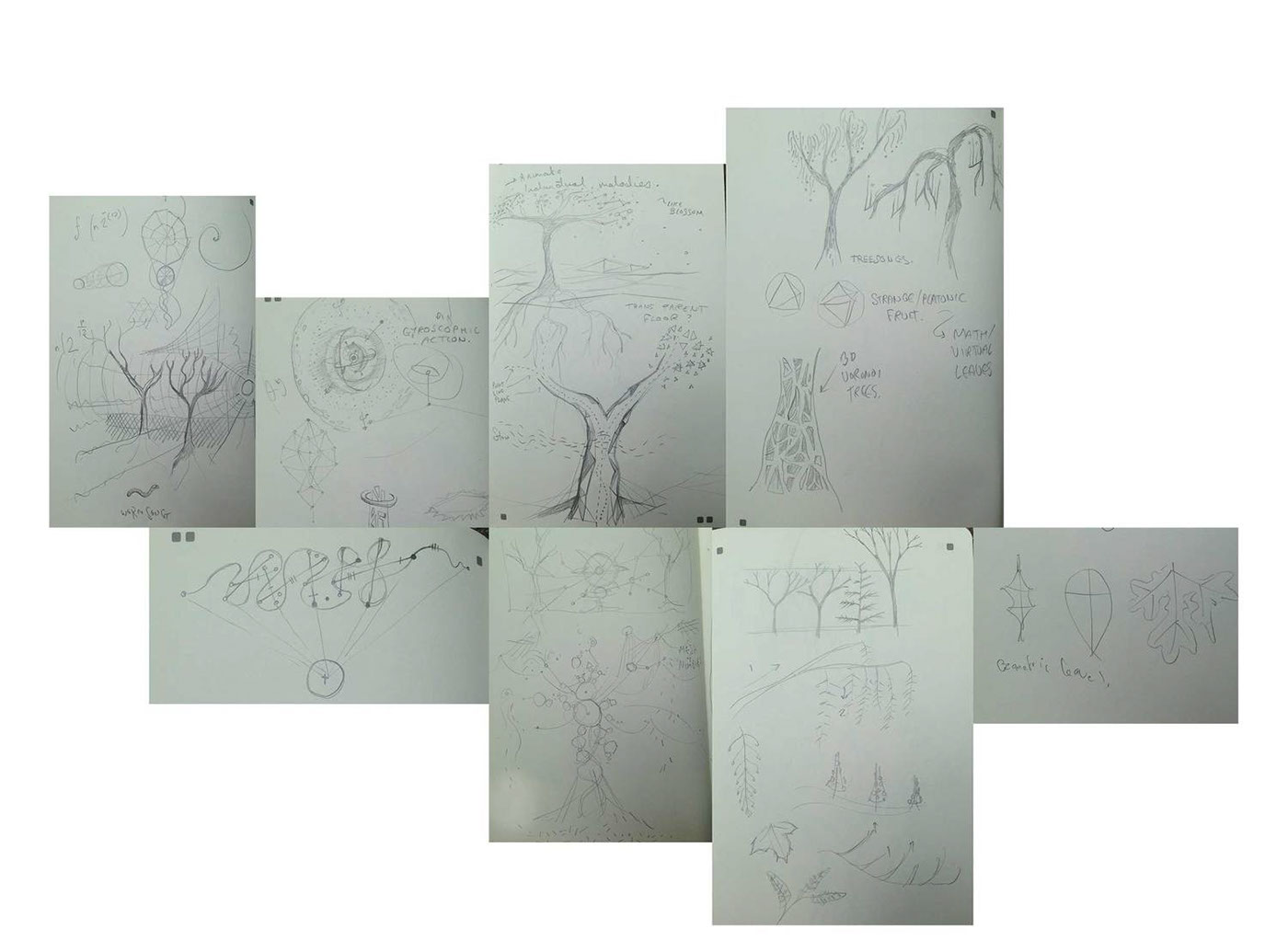
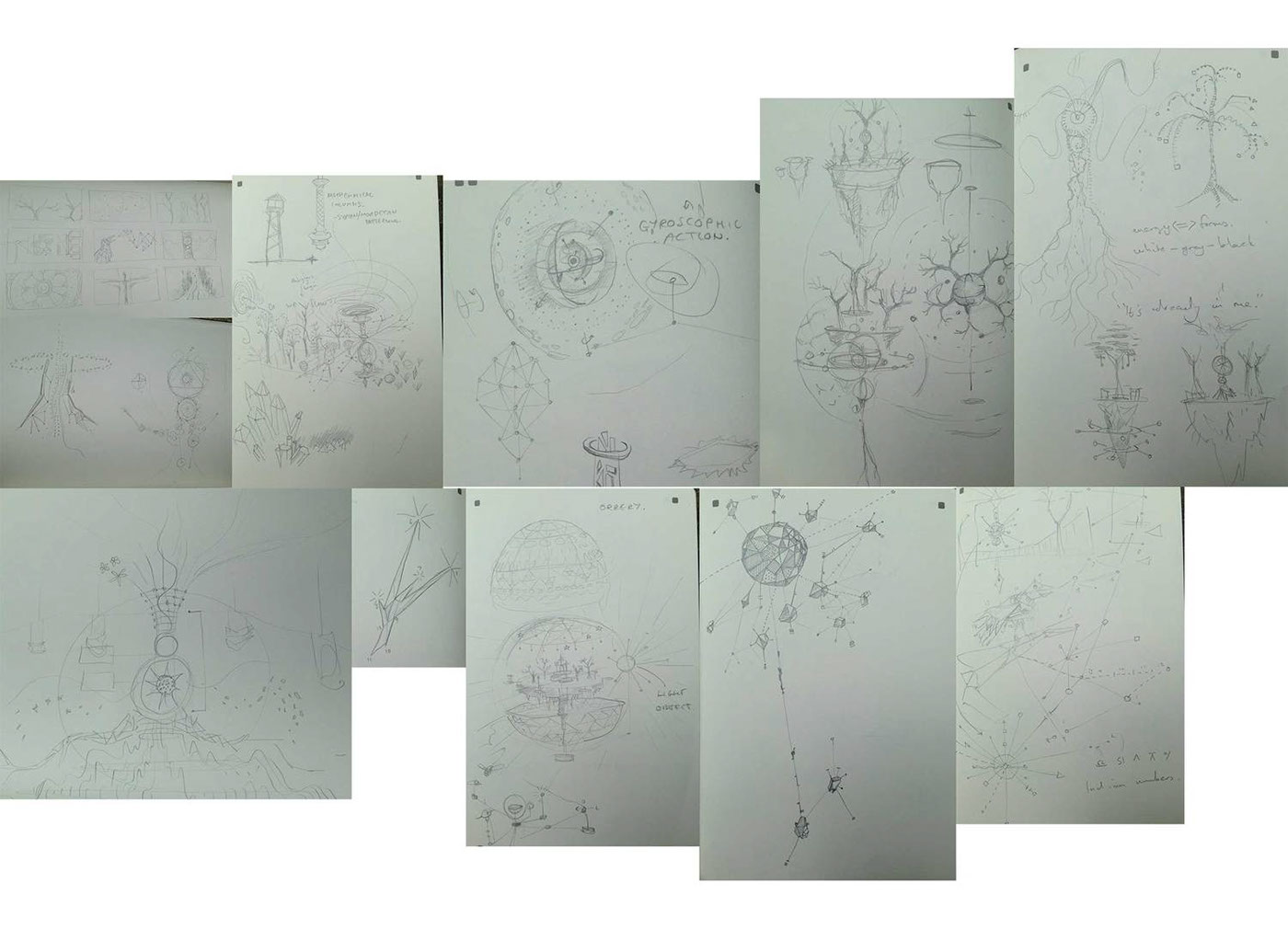
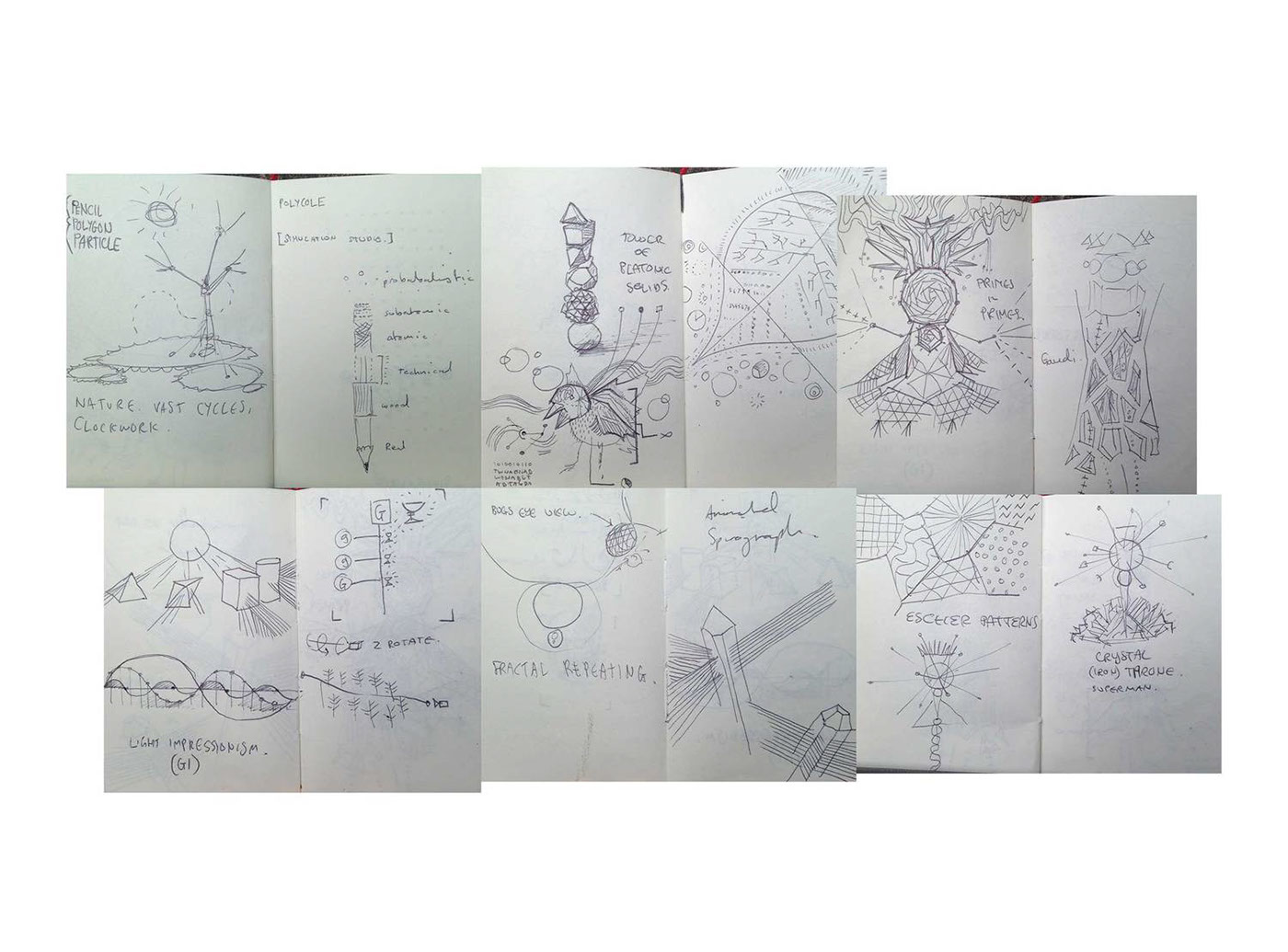
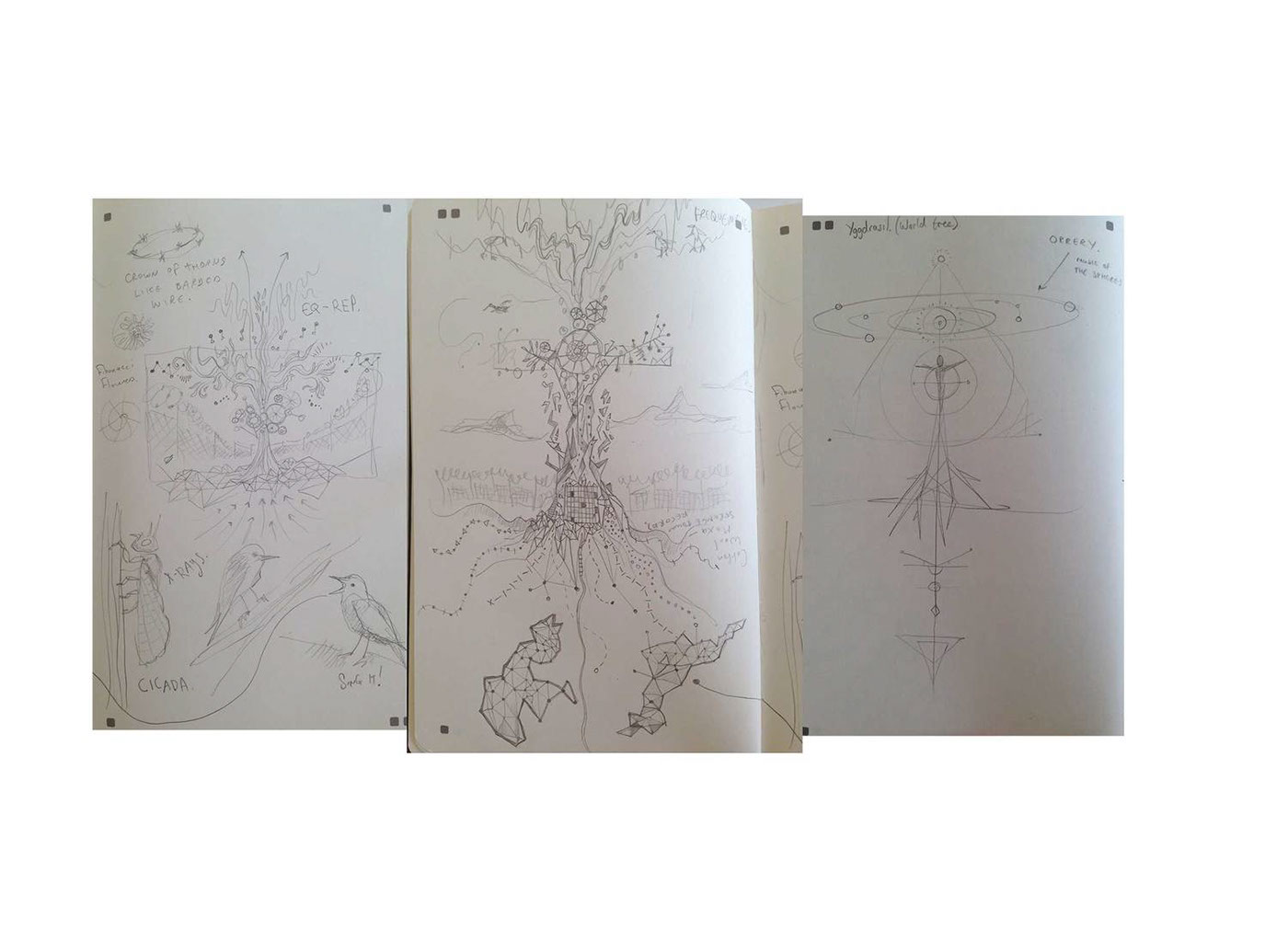
Commission: Emma Bharj of Sinifini Music
Animation/Direction: Simon Russell/Vicarage Studio
Sound Design: Redhorse Audio
With special thanks to Marcus du Sautoy
Quartet for the End of Time by Olivier Messiaen
Performed by Claude Desurmont (Clarinet)
Luben Yordanoff (Violin)
Albert Tétard (Cello)
Daniel Barenboim (Piano)
©2015 Deutsche Grammophon GmbH, Berlin
Animation/Direction: Simon Russell/Vicarage Studio
Sound Design: Redhorse Audio
With special thanks to Marcus du Sautoy
Quartet for the End of Time by Olivier Messiaen
Performed by Claude Desurmont (Clarinet)
Luben Yordanoff (Violin)
Albert Tétard (Cello)
Daniel Barenboim (Piano)
©2015 Deutsche Grammophon GmbH, Berlin


